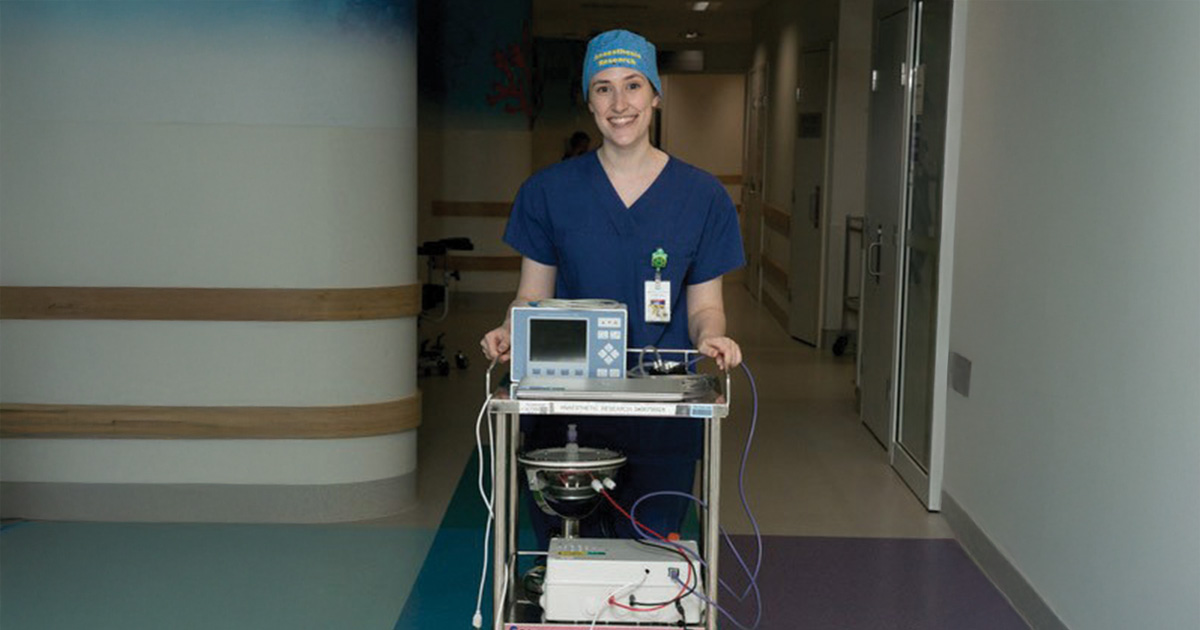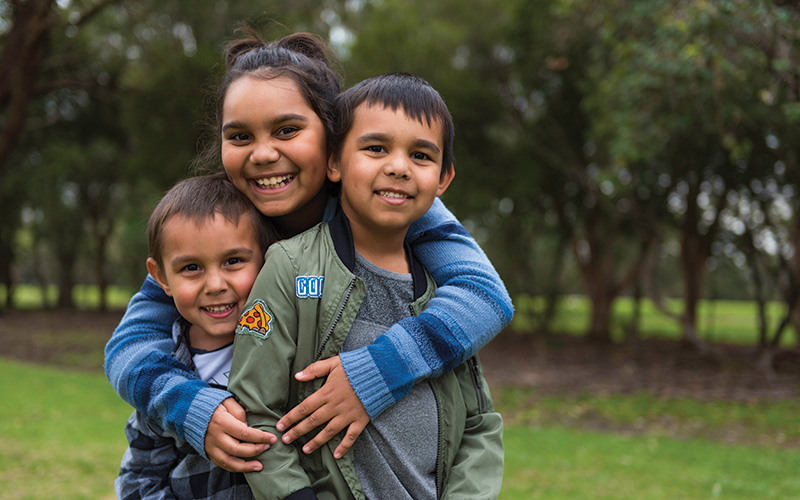Search
Research
Managing emotional labour in the provision of psychotherapy–what matters mostThe current study sought to explore holistic factors perceived to be key in managing emotional labour effectively in psychologists providing psychotherapy. Identifying applicable factors in this occupational group is vital to understand how psychologists manage emotional labour and related constructs.

When kids are having surgery, the most common problem that can occur during anaesthesia is a respiratory adverse event.

A pilot clinical study has found an immunotherapy drug can dramatically increase survival rates for babies with a rare form of leukaemia, paving the way for a major international clinical trial.

The Institute's Standards for the Conduct of Aboriginal Health Research outline our ways of working with Aboriginal communities and peoples.
The social and emotional wellbeing of Aboriginal children and young people

A quality of life tool developed by disability researcher Jenny Downs is helping to reveal the difference specific interventions can make to the lives of children and families living with disability.

Video technology is helping researchers learn more about the earliest features of autism, and in turn is helping families gain access to better interventions.

A song written by kids in Barunga as part of the END RHD Communities Project is helping prevent the spread of infections that cause rheumatic heart disease in remote Aboriginal Communities.
The aim of RESP-ACT is to reduce these children’s respiratory hospital admissions and visits to Emergency Department, and to help them and their families to have as the best possible quality of life.

Ask our experts a question about the COVID-19 pandemic.
